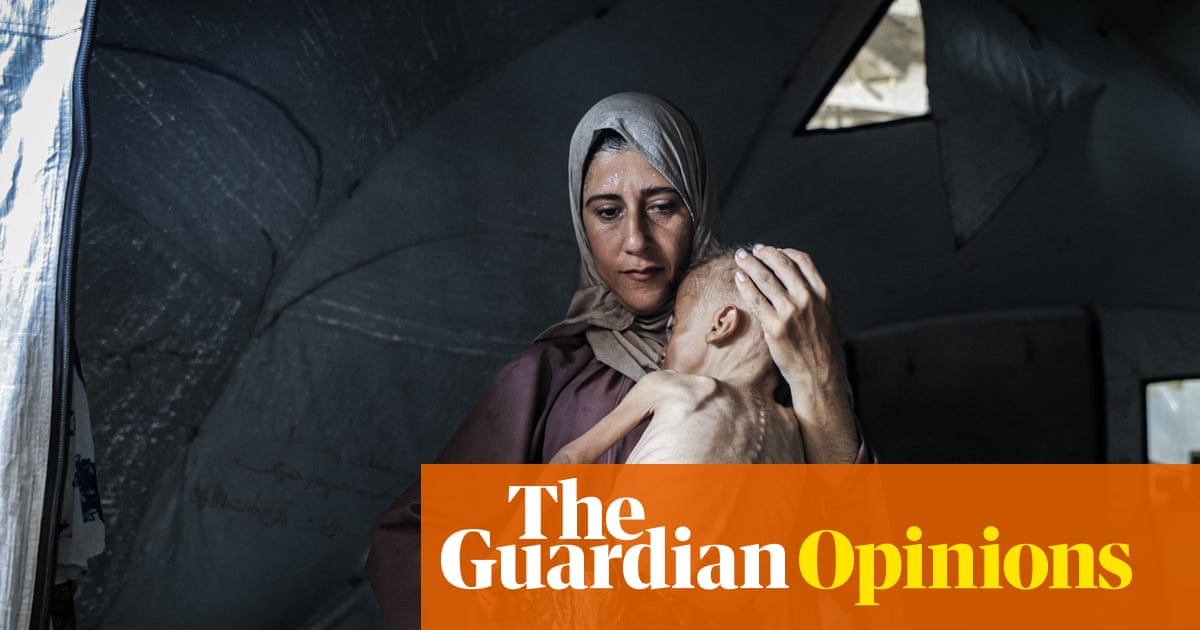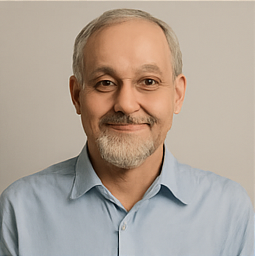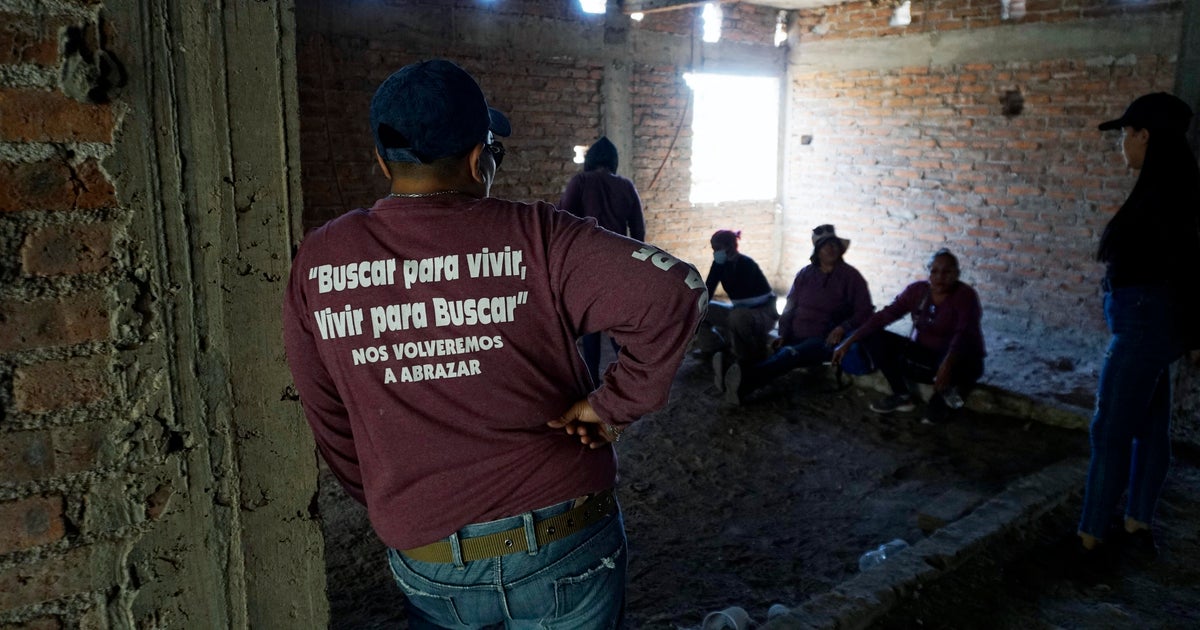The Shocking Truth Behind a Heartbreaking Photo of Malnutrition in Gaza

Did you know that over 20,000 children in Gaza were hospitalized for acute malnutrition this past spring and summer? In a world where we scroll through social media with our hearts hardened by endless feeds, one powerful image of an 18-month-old boy named Muhammad Zakariya Ayyoub al-Matouq pierced through the noise and ignited a fierce debate over the harsh realities of child malnutrition in war-torn regions.
Between April and mid-July of this year, reports from the Integrated Food Security Phase Classification (IPC)—a global initiative involving organizations like the World Health Organization, UNICEF, and the World Food Programme—revealed that a staggering 20,000 children were treated for acute malnutrition in Gaza. Among them, around 3,000 faced severe malnutrition, which paints a stark picture of a humanitarian crisis that feels almost unimaginable.
Images of these hungry children have flooded our screens, showcasing the haunting reality they face daily. One particular photograph taken on July 23, depicting little Muhammad in his mother’s arms, stirred intense controversy. The image was gut-wrenching: the child’s skeletal back exposed, with makeshift clothing that included a black plastic bag serving as a diaper. This haunting portrayal of desperation and suffering quickly captured the world’s attention, sparking a larger discussion about the implications of publishing such sensitive images.
However, the storm of criticism that followed wasn’t just focused on the image itself but the narrative it pushed. David Collier, a freelance journalist and antisemitism campaigner, took to his blog to challenge the depiction of Muhammad as a victim of famine. Citing a medical report, he claimed the child suffered from cerebral palsy—a condition requiring specialist medical care—and argued that the portrayal was misleading. “What we can see from unpublished pictures is that both Mohammed’s mother and his older brother look healthy,” he asserted, suggesting that while Muhammad was indeed suffering, it was not solely due to starvation.
As readers, we often grapple with the urge to uncover the “real why” behind what we see. Yet, the complexities of war and individual circumstances can make such truths elusive. With foreign journalists barred from entering Gaza, the narrative is often built on the accounts of local reporters and photographers working under perilous conditions. The Guardian itself receives around 1,000 images daily from Gaza, often through major picture agencies. The haunting photo of Muhammad was sourced through Getty Images from Turkey’s Anadolu agency.
In response to the accusations, Anadolu quoted Dr. Suzan Marouf, who treated Muhammad and confirmed that he had been diagnosed with moderate malnutrition and other congenital health issues. While these conditions were not initially affecting his weight, the depletion of nutritional supplements led to a rapid decline in his health. Muhammad’s mother reported a weight drop from 9 kg to just 6 kg in a matter of weeks.
The Guardian, upon realizing the full context after the fact, acknowledged that had they known about Muhammad's other health issues prior to publication, they would have included that information. The editorial team noted that they had consistently witnessed similar images throughout the months leading up to this, making Muhammad's delicate condition appear tragically ordinary in the context of an ongoing hunger crisis.
Experts underscore the dire circumstances children with existing health issues face during such crises, as they are often among the most vulnerable. Reports indicate that in July alone, 38% of malnutrition-related deaths were children under five, despite them making up only 15% of Gaza’s population. This highlights a dire reality—children with developmental disorders like cerebral palsy may have unique nutritional needs that complicate their health further.
Despite the controversy, editors at the Guardian assert that the images serve an important purpose, emphasizing that a sick child, regardless of their specific issues, deserves our attention and compassion. Children suffering from malnutrition often reflect the broader failure of food and health services, reminding us that vulnerability can take many forms.
Ultimately, while the missing context regarding Muhammad's health is significant, it does not negate the reality of malnutrition's impact on the most vulnerable within society. As we reflect on this heartbreaking image and the discussions it has sparked, we are left to ponder the larger implications of famine and neglect in regions ravaged by conflict.
























